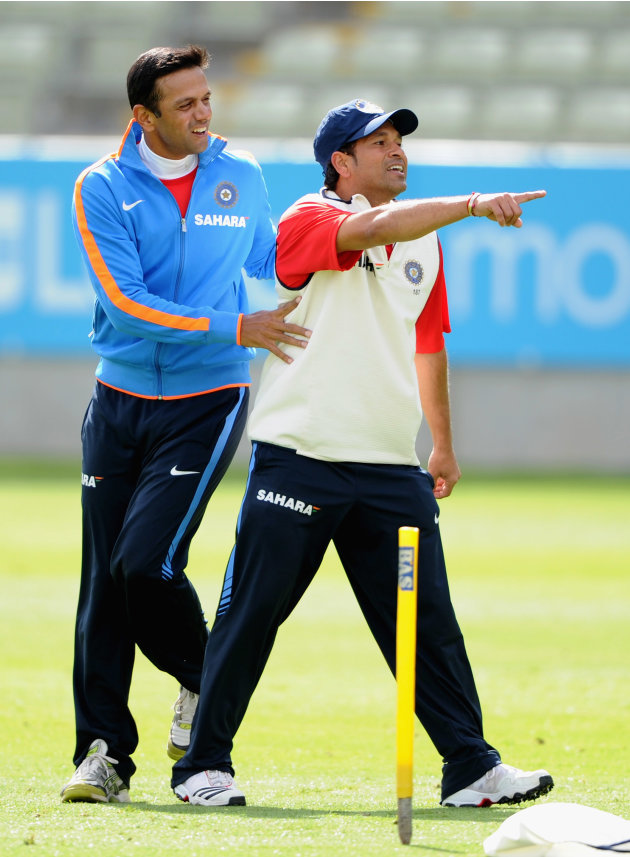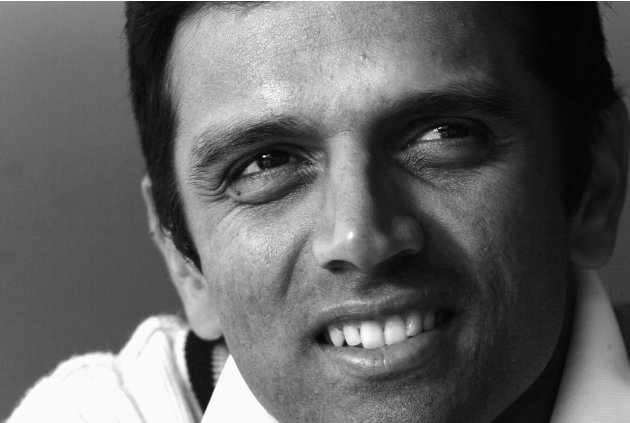
After a glorious career spanning 16 years, Rahul Dravid retired from Test cricket on Friday, March 9, 2012. Like everything else that he did on field, the prolific batsman’s complete exit from international cricket was well-thought of, dignified and devoid of excessive sentimentalism
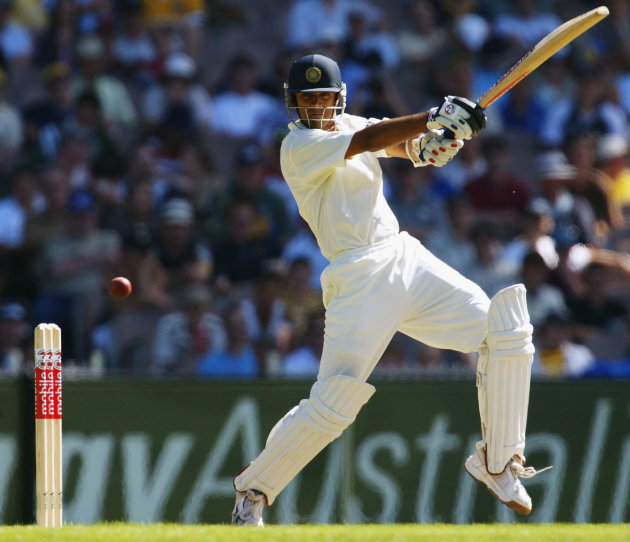
Rahul’s first stint in one-day cricket was tougher than the young debutant would have expected. He was soon labeled a ‘Test-specialist’. But Rahul was unperturbed. “I recognised… I needed to get better at my one-day game if I wanted to have a long and successful career. I knew that, by far, I was not a finished product early on. So, I needed to keep getting better
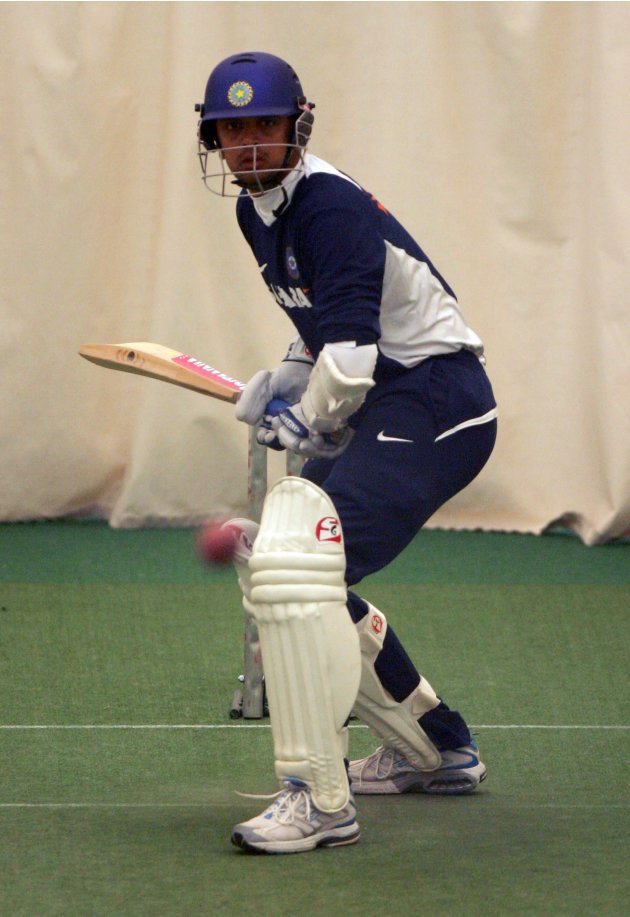
If Dravid’s story was to be summarized in two words, it would probably read: “persistence pays”. A relentless hard worker, the former Indian captain diligently worked on his limitations without taking success for granted. He holds the record for highest number of catches in Tests. It’s not luck. “In chilly winters, he would ensure he took around 80-100 practice catches daily
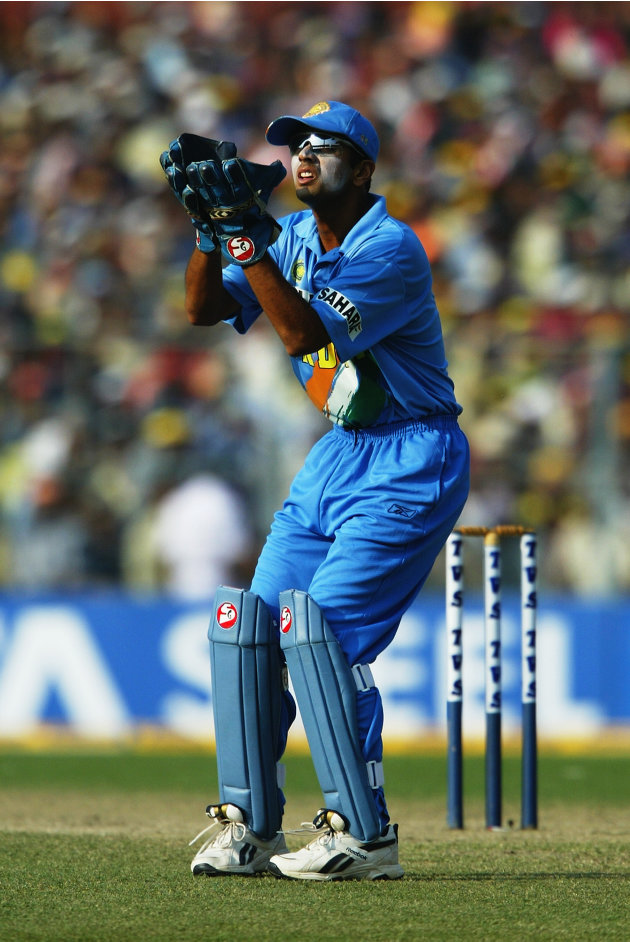
Mere knowledge is insufficient. It takes will power to try out new things by shedding one’s inhibitions. One of the greatest problems that companies face from staff and management is resistance to change. This requires an open mind, enormous team spirit and a commitment to adapt. Dravid batted in every slot for No.1 to No.7, kept wickets and bowled the occasional off-spin

Some succeed because they are destined to, but Rahul Dravid succeeded because he was DETERMINED to,” tweeted former India opener Navjot Singh Sidhu. At a time when the genius of Tendulkar, aggression of Ganguly, elegance of Laxman were grabbing headlines, the defiance of Dravid earned him the sobriquet ‘The Wall’.
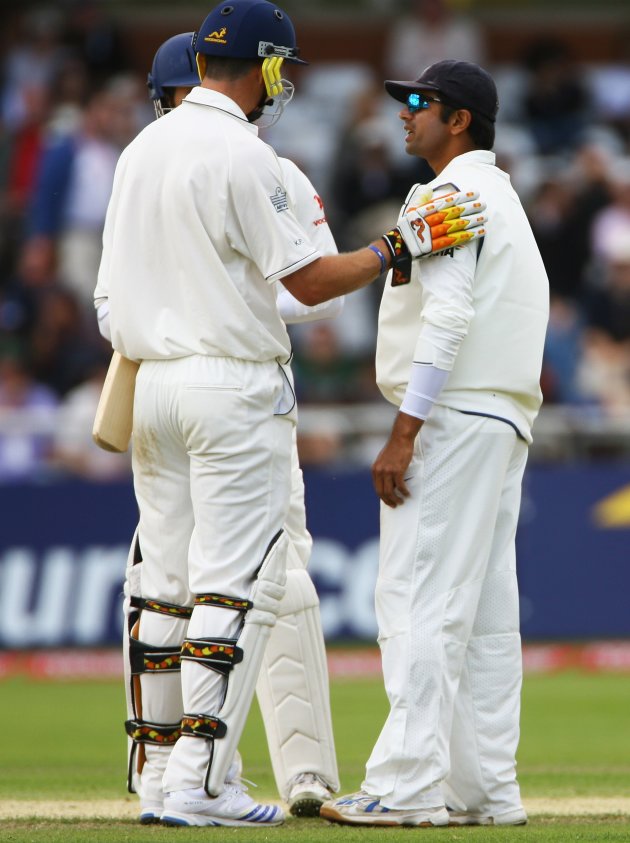
It takes courage to stand up and speak. But it also needs courage to sit down and listen. As The Guardian’s Rob Smyth observed, “Dravid was never too proud to seek advice.” In 2002, Dravid had no reservations in seeking batting tips from Michael Vaughan after the England batsman had blasted off India's spinners.
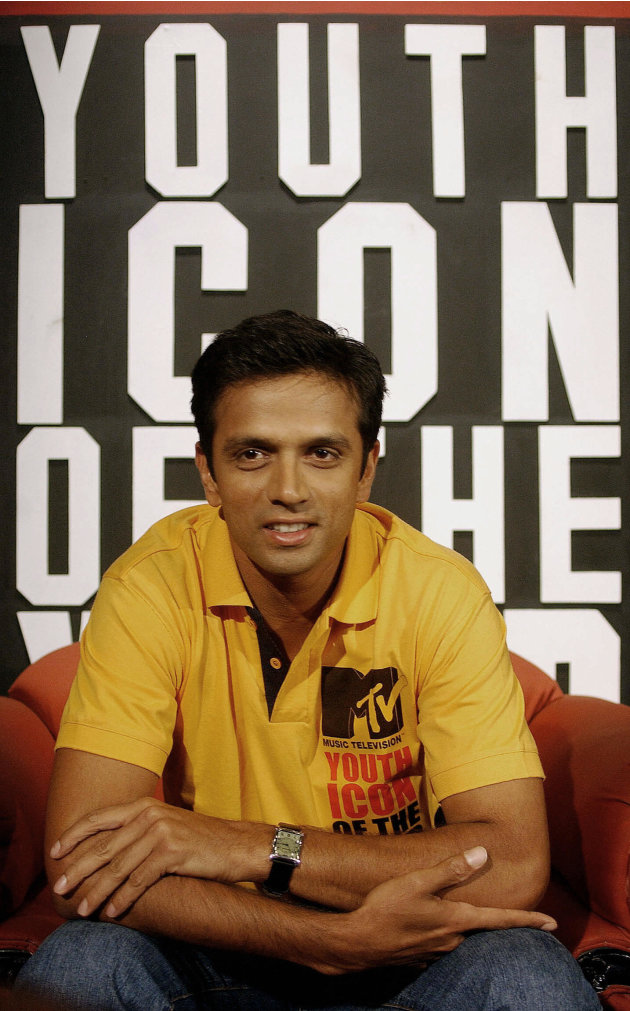
It takes centuries to build a reputation. It takes minutes to destroy one. Just after Dravid became an overnight sensation after his legendary debut series in England, a cola advertisement had a humourous take on Dravid’s “Mr Serious” image. “Abhi naya hai…phir style maarega…! (He’s new to stardom; he’ll soon turn flamboyant!),” the female character predicted about Dravid
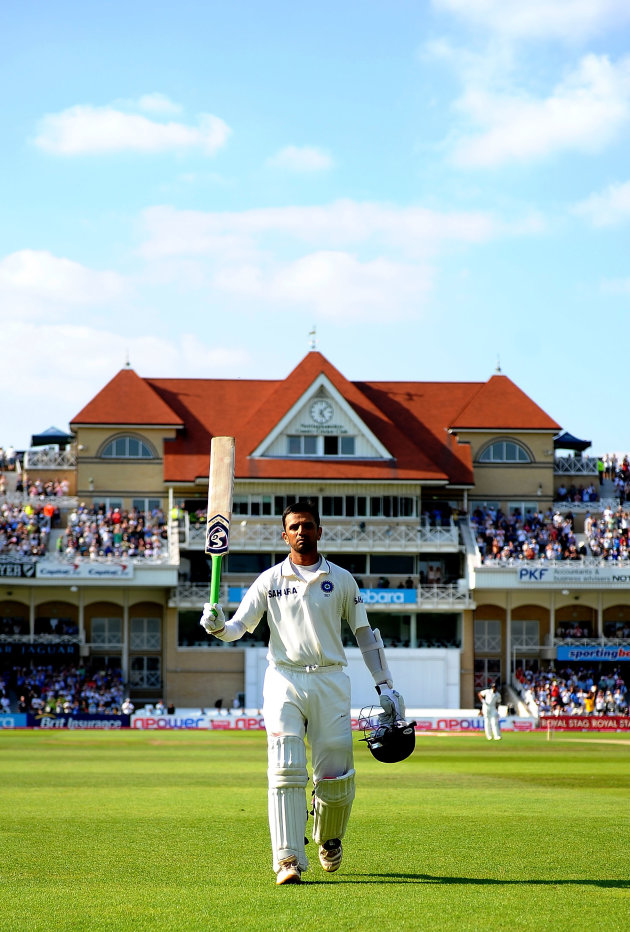
Dravid rarely ‘played’ an innings. He painstakingly ‘built’ it through toil and sweat. He was willing to bide his time, leave alone the good deliveries and patiently wait to punish the bad one. At times, he was willing to aggressively defend. He always had the larger interests of the team in mind. Once playing, he was neither afraid of the hardship, nor tempted by personal glory
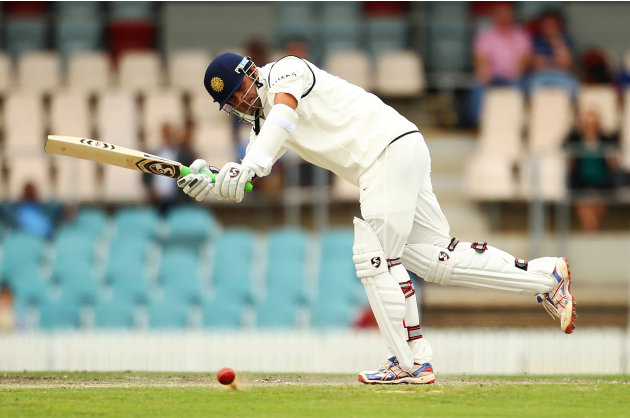
Despite the number of runs and centuries that Rahul Dravid scored in international cricket, his pre-match preparation had a routine that visualizing himself scoring runs on the pitch to be used for the forthcoming match. Great sportsmen don’t play for money or glory. They play for a feeling that is something beyond. Or something very basic
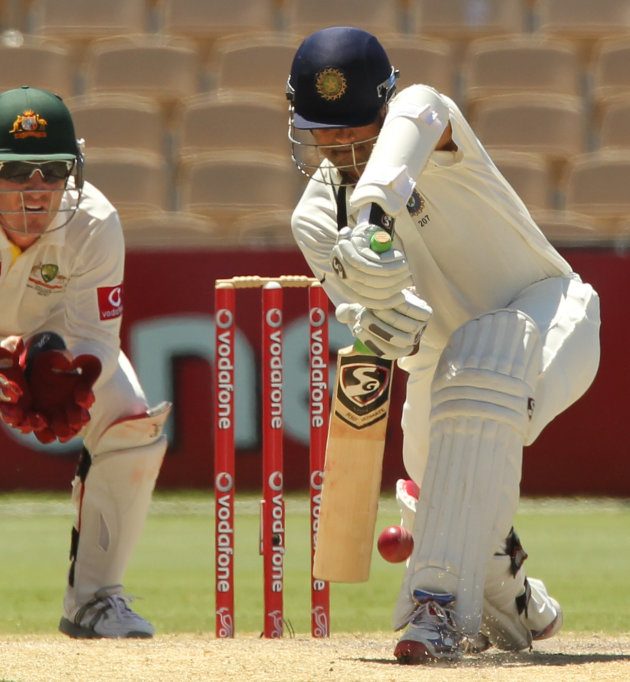
Many would remember India’s victory over Australia in 2001 for Harbhajan’s hat trick and Laxman’s monumental double-century. Lesser number of people will remember Dravid’s 180 not out in the same match. And many less will remember that Dravid was unwell during the knock and was on antibiotics. The master batsman was also prone to dehydration throughout is career
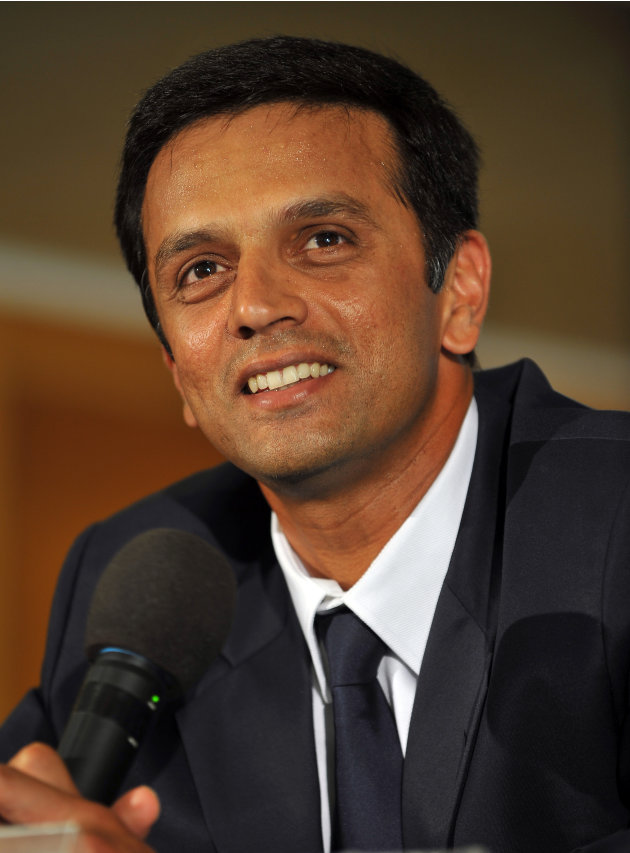
Despite his fitness and hunger for runs, Dravid retired at the age of 39, leaving everyone shocked and wondering about the future of Indian cricket.
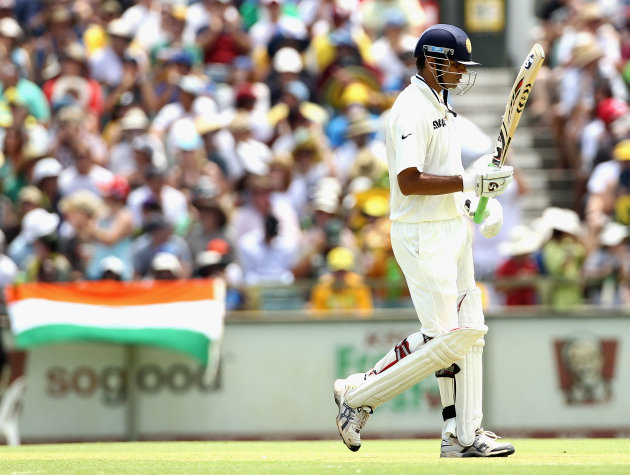
Rahul Dravid has been an inspiration to many – he’s been a thorough gentleman on and off the cricket field.
